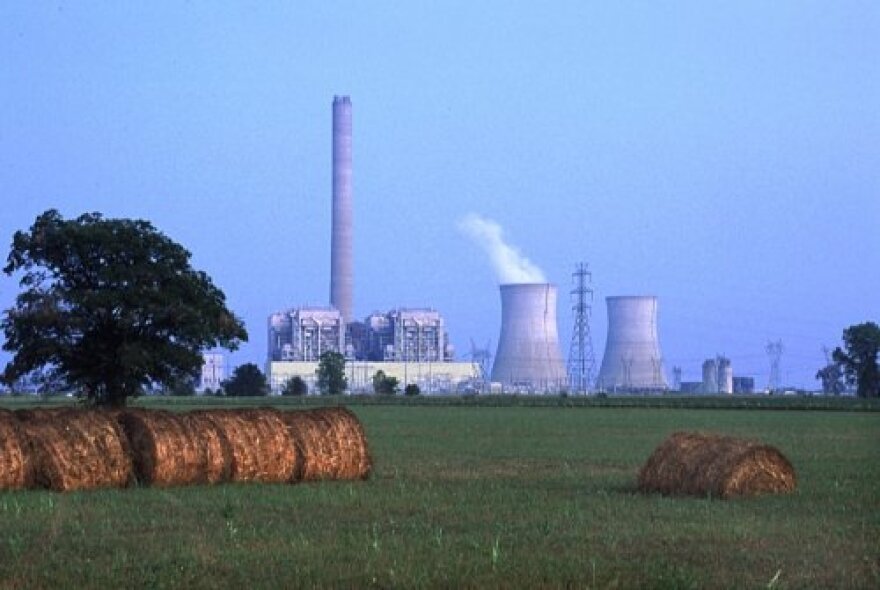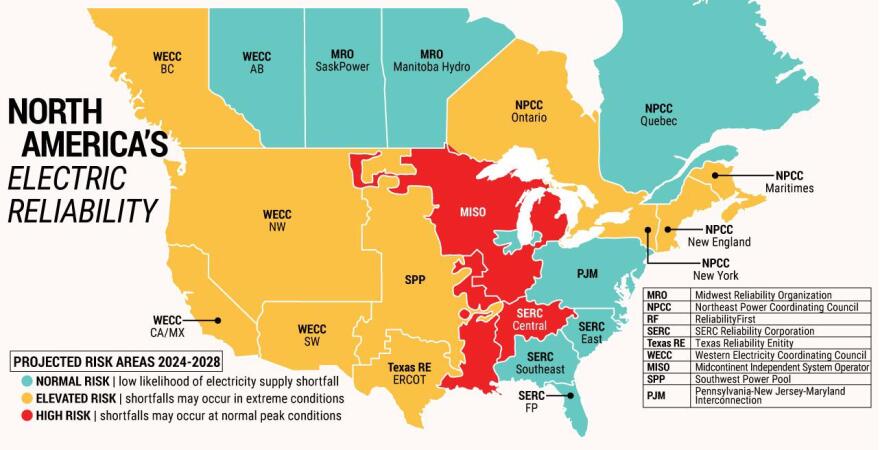Avoiding a full-blown energy crisis in Arkansas recently took center stage once again in the state. According to a 2025 Policy Brief released by the Arkansas Advanced Energy Association, it is forecasting that the state will begin to face an energy shortage in 2026, largely stemming from the pending closures of two coal-fired power plants. The policy brief projects that Arkansas will ultimately “face a critical energy shortage of 3,891 MW by 2035, risking 2-3 times higher costs for ratepayers.”
Energy usage plays a key role in those projections. Their research shows that, “Arkansas consumes 50% more energy than it produces, highlighting reliance on external sources.”
As Little Rock Public Radio reports, the most recent panel discussion on Thursday, August 28, focused primarily on improving energy efficiency. The Association’s executive Director, Lauren Waldrip says there is no “silver bullet” or simple solution. So, she emphasized the essential need to combine several approaches. “We have never…been in such a pivotal time, in conversation as we are now. Our demand is going up, our generation that we have online is going down. We have to have truly integrated, resourced plans. It’s got to be every single tool that we have at our disposal and it’s going to be a suite of lots of different options and energy efficiency is definitely a piece of that puzzle.”
Waldrip cautions that Arkansas leaders cannot afford to simply throw out some potential energy production strategies, like the green technologies of solar and wind power, for example.
As for those two coal-fired power plants, White Bluff Generating Plant is a coal-fired electrical energy generating plant operated by Entergy Arkansas. In 1980, the plant became the first of its kind to be built in the state. It’s located near Redfield, about 24 miles southeast of Little Rock, Ark., and is scheduled to shut down in 2028.

The other facility is known as the Independence Power Plant, located near Newark, Ark, 98 miles northeast of Little Rock. It too is coal-fired and owned by Entergy Arkansas. In fact, these closures were all part of a legal settlement finalized in 2021 between Entergy and environmental groups to stop burning coal. For the Independence facility, coal burning is scheduled to cease in 2030.
But Entergy just made headlines in early August, when the power company announced its plans to build a new power plant, to be known as the Jefferson Power Station, close to the White Bluff plant. Entergy officials describe the proposed facility as a 754-megawatt combined cycle combustion turbine (CCCT) plant, burning natural gas with the potential to power more than 355,000 homes. Right now, they say the process is in the public comment period.

If the Louisiana Public Service Commission (PSC) approves the project, Entergy says the plant could be up and running by 2029.
Entergy also said it is studying the feasibility of extending the lives of the existing units by burning gas instead of coal and transforming that site into an energy center.

If you were to ‘zoom out’ to a larger frame of reference, say the entirety of North America, you would see the same general vulnerability to potential power shortages. The graphic you see above is a 2024 Long-Term Reliability Assessment (LTRA) from the North American Electric Reliability Corporation NERC. It is a non-profit organization which overseas improvements on the reliability and security of the bulk power system (BPS).
Experts say there is soaring demand from new sources like data centers, against power plants being retired faster than the new generation of facilities can be built, along with delays in transmission and infrastructure upgrades. Put simply, Libin Varghese, with Power Systems Engineering says “NERC is sounding the alarm because more than half of North America is at the elevated risk of electricity shortages in the coming years.”




